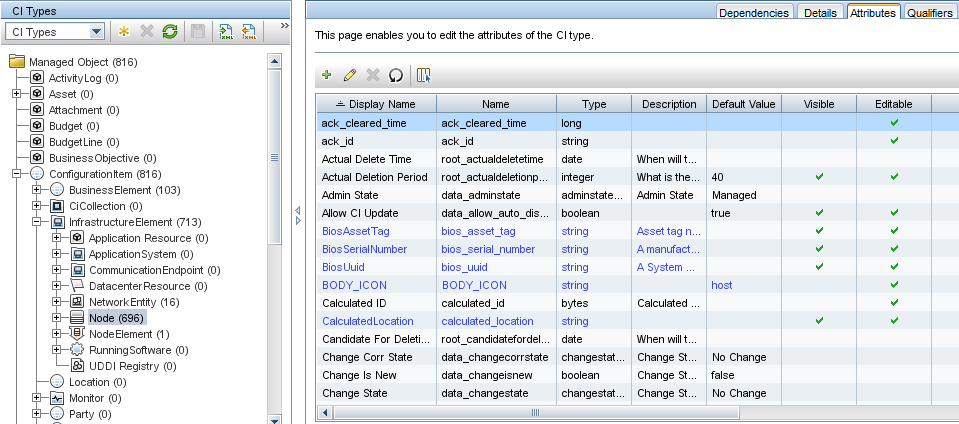Searching the Help
To search for information in the Help, type a word or phrase in the Search box. When you enter a group of words, OR is inferred. You can use Boolean operators to refine your search.
Results returned are case insensitive. However, results ranking takes case into account and assigns higher scores to case matches. Therefore, a search for "cats" followed by a search for "Cats" would return the same number of Help topics, but the order in which the topics are listed would be different.
| Search for | Example | Results |
|---|---|---|
| A single word | cat
|
Topics that contain the word "cat". You will also find its grammatical variations, such as "cats". |
|
A phrase. You can specify that the search results contain a specific phrase. |
"cat food" (quotation marks) |
Topics that contain the literal phrase "cat food" and all its grammatical variations. Without the quotation marks, the query is equivalent to specifying an OR operator, which finds topics with one of the individual words instead of the phrase. |
| Search for | Operator | Example |
|---|---|---|
|
Two or more words in the same topic |
|
|
| Either word in a topic |
|
|
| Topics that do not contain a specific word or phrase |
|
|
| Topics that contain one string and do not contain another | ^ (caret) |
cat ^ mouse
|
| A combination of search types | ( ) parentheses |
|
- How to Add a CI Attribute to the Integration for Data Push
- How to Add the CI Attribute to the UCMDB Class Model
- How to Add the CI Attribute to the Query Layout
- How to Add the CI Attribute to the Service Manager Table
- How to Create a Web Service Field to Support the CI Attribute
- How to Add a Managed Field to Support the CI Attribute
- How to Map the CI Attribute to a Web Service Field
How to Add the CI Attribute to the UCMDB Class Model
The integration only uses a subset of the CI attributes available from your UCMDB system. Out-of-the-box, the integration consists of CI attributes that are typically managed from a Service Manager system such as host name and host DNS name. Before creating a new UCMDB CI attribute, you should determine if there are any existing CI attributes in your UCMDB system that provide the data you want. In most cases, there is an existing attribute tracking the data you want to add to the integration. For example, if you review the attributes of the Node CI type, you see that there are many attributes available to be added to the integration.

The following steps illustrate how to add a new CI attribute to an existing CI type. This scenario is not the expected typical case. Typically, you would add an existing CI attribute to the integration.
Note The integration does not require any special steps to add a CI attribute to the UCMDB class model. You can use the standard CI attribute creation procedures to add a CI attribute. For more information on CI attribute creation, see the Universal CMDB CI Attribute Customization Guide.
To add a CI attribute to the UCMDB class model:
- Log in to UCMDB as an administrator.
- Navigate to Modeling > CI Type Manager.
- Select the CI type to which you want to add a new CI attribute from the CI Types navigation tree. For example, ConfigurationItem > InfrastructureElement > RunningSoftware > Database.
- Click the Attributes tab.
- Click the Add button.

The Add Attribute window opens.
- In Attribute Name, type the unique name you want to use for the new CI attribute. For example, database_owner.
Caution The name cannot include any of the following characters: ‘ / \ [ ] : | < > + = ; , ? *.
- In Display Name, type the name you want UCMDB to display in the interface. For example, Database Owner.
- In Description, type a description of the new CI attribute. This is an optional field. For example, System user who owns the database.
- In Attribute Type, select either Primitive or Enumeration/List. For example, select Primitive and select string.
- In Value Size, type the maximum character length the attribute can have. For example, 300.
- In Default Value, type the value to be used when no other value is available. For example, leave the default value blank.
- Click OK to save the attribute.
- Click the Save button
 to save attribute changes to the CI type.
to save attribute changes to the CI type.











